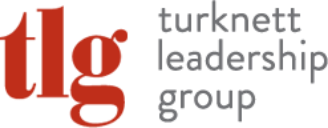
 By Lyn Turknett
By Lyn Turknett
Co-founder and Co-chair, TLG
Thinking about how we identify high potentials in organizations is a really big question. There are three things that come to my mind that organizations should likely be thinking about:
1. Should you be paying more attention to all your talent, not just those selected as high potentials?
2. How do you assure that, in talent reviews, managers really know how to assess potential, and aren’t just recommending people who are top performers – especially top performers who are similar in style?
3. How do you go beyond the typical 9-box – to really be sure you have the talent necessary for a changing future?
Develop All Talent?
Companies have always worked hard to identify, develop, and keep top talent – especially employees who seemed to have the potential to play C-suite or just-below roles. In the past two decades or so they’ve also paid attention to talent that might fill roles that are critical to the organization and hard to fill. But today many organizations are deciding that right now they need to focus on supporting and developing ALL talent. Two things are driving the move by many organizations – the current scarcity of talent and the need to respond to rapid change. It’s hard to know what capabilities will be needed in the future, so it’s hard to know who you may need!
Research by i4cp, a firm focused on discovering next-generation human capital practices, finds that 50% of organizations say all employees will need reskilling by 2025, but only 12% view their re-skilling as effective. Internal talent marketplaces may be one answer that meets many needs – they help motivate and retain employees, and they help the organization find needed skills internally. Jay Jamrog of i4cp reports that firms that have an internal talent marketplace are 17.5 times more likely to say that they have the skills necessary to carry out their strategy.
Internal talent marketplaces also allow people anywhere in the organization to get noticed, making sure that no one hides in plain sight!
A caveat – a healthy culture and excellent people-leaders are the top factors in retaining and developing all talent. Unless those are in place, efforts like a talent marketplace will fail.
Know What you Mean by Potential
For identification of talent, most organizations rely on talent reviews, yearly processes typically led by human resources in which managers identify top talent within the organization. Organizations have typically used a 9-box matrix with “Performance“ on one axis (1 to 3 rating) and ”Potential“ on the other.

The big challenges? First, managers often disagree on performance ratings. The same employee can flourish under one manager – and be rated as top notch – but languish under another. But an even more serious problem is that managers have a very hard time rating potential, and tend to equate it with past and present performance. They also tend to rate others with styles similar to theirs as having potential. Calibration sessions can help, but they don’t typically solve the challenges.
For example, we were approached recently by a large company that wanted to assess their very highest-level talent – those considered ready to move to executive positions. The HR leader who was shepherding the process said they had a serious problem – while the leaders in the pool had been highly rated over the years in talent reviews, many had been selected because they had the same style as current executives and couldn’t adapt to the company’s newer leadership and culture expectations. Adaptability and learning agility, along with great people skills, were missing.
To help identify high potentials, organizations need to be clear on what they mean by potential, and to train managers to identify it. Here’s a list of indicators of potential for moving into senior levels of leadership that we often use – the list includes capabilities that are key to senior leadership but harder to develop.

Go Beyond the Performance-Potential 9-box
Allan H. Church, who led Global Talent Assessment and Development at PepsiCo for decades until May of this year, wrote in 2016 that we need to “Think Outside the 9-Box.” He agrees with what many of us have seen – the people who are identified as having “high potential” are often those with top performance early in their careers. They tend to be hard workers with good technical talent, but they are not people with potential for leadership at high levels of the organization, and they rise to their level of incompetence.
- Extensive life-history interviews and structured interviews
- Interviews with managers
- Personality assessment
- Cognitive and judgment assessment
- 360-degree feedback
- Experience assessment – what experience does that candidate have in geographies, functional areas, and typical challenges?
The product of such as assessment can be the foundation of a comprehensive development plan that can be monitored by the organization. A good coach can also help with addressing gaps.
Recognizing, Investing in, and Retaining High Potentials
Investing in the development of people is the best way to retain them, and the best way to be sure that they are ready for the next challenge. I am biased, of course, but our Executive Development Program, a structured individual coaching process, has been used as a way of rewarding and developing high potentials for 35 years. Coaching is especially effective when there has been comprehensive assessment so that strengths and areas for growth are identified.
Pay attention. The highest levels of talent, those ready soon for the top levels of the organization, need to be on the radar of the executive committee regularly. With the assistance of HR, they need to be shepherding top talent – looking for development opportunities, special projects, and ways to gain experience in varied areas of the business. But in this day and age, we likely need to pay attention to EVERYONE!

